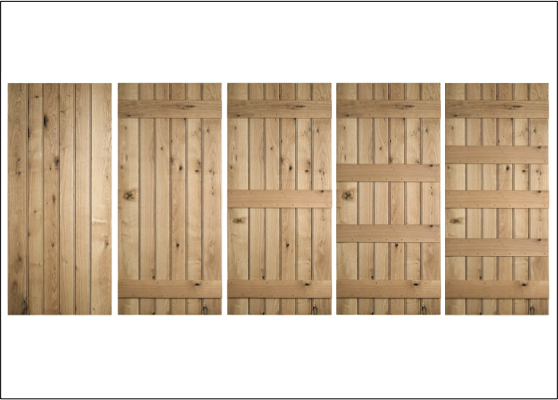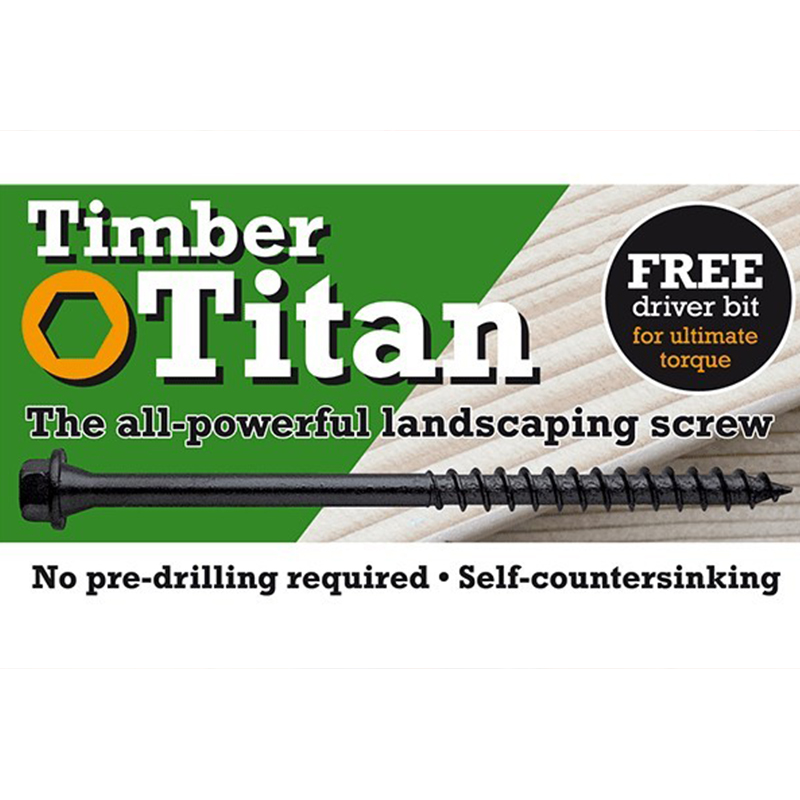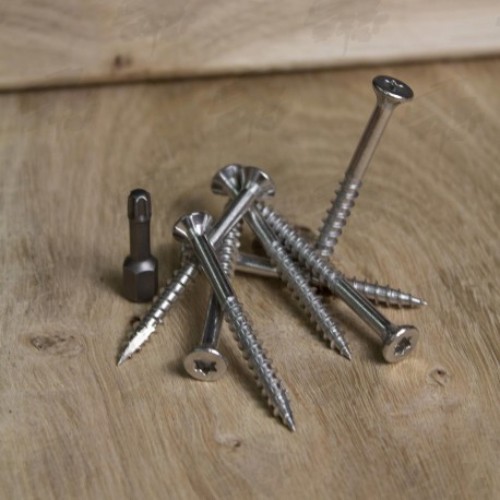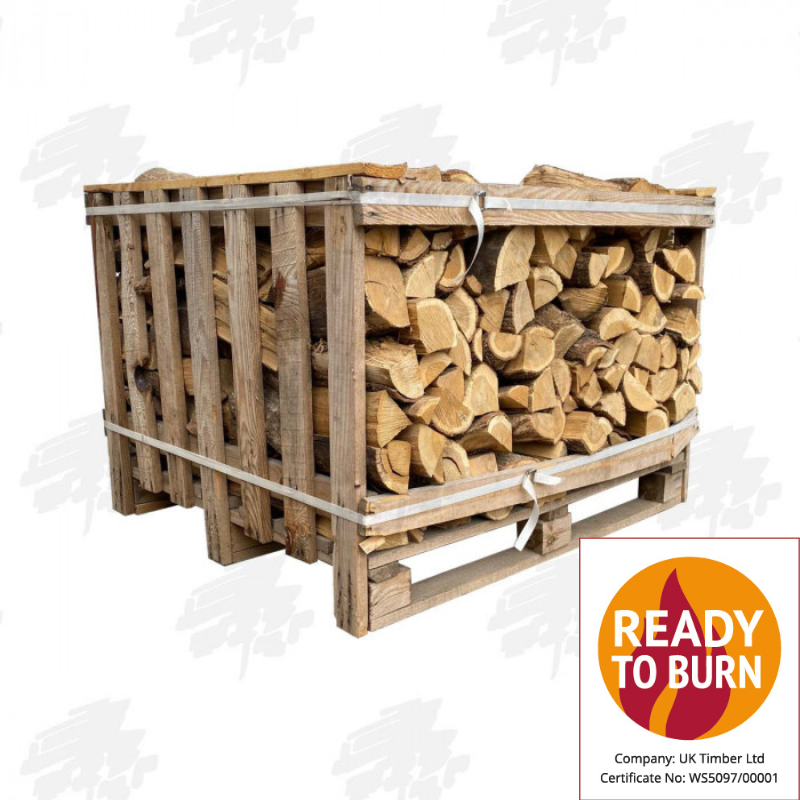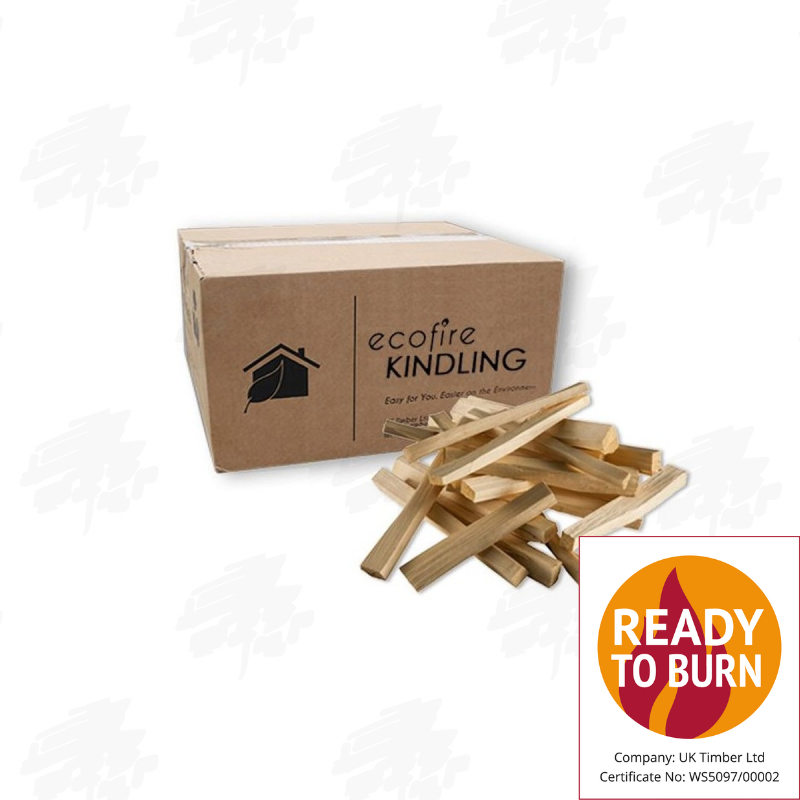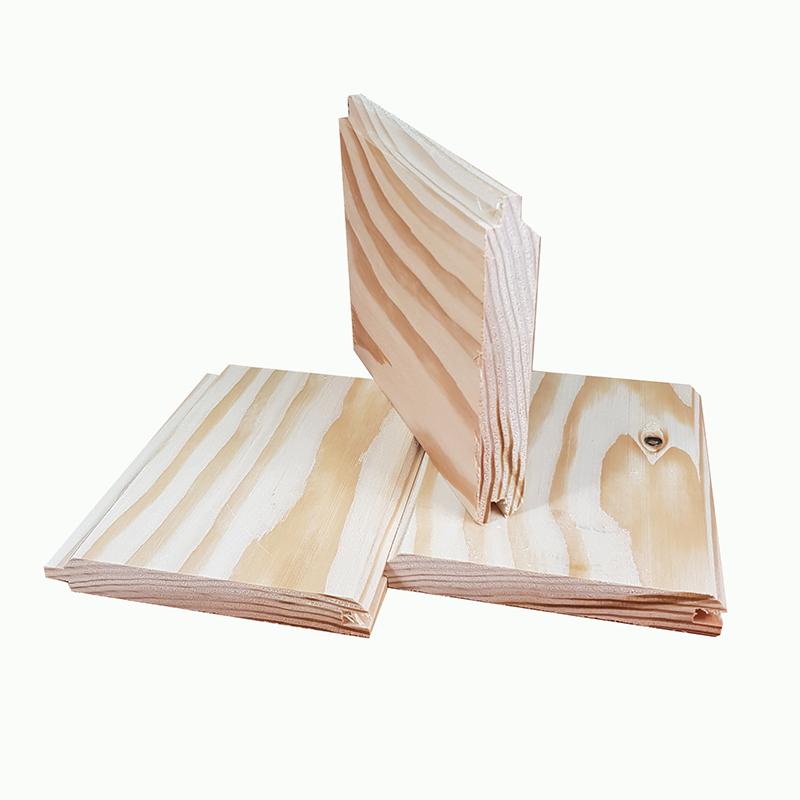Benefits of Tongue and Groove Cladding?
-
Railway Sleepers
-
Welcome to the New Look UK Sleepers Website
We're offering the same great range of products with a better user experience
Order Online 24/7 with delivery straight to you door!
-
-
Raised Bed Kits, Decking, Pergola Kits & Components
-
Raised Bed Kits, Decking, Pergola Kits & ComponentsFeatured Products
View our range of Pergola KitsBrowse our pergola kits, there is something for every need!
-
-
Sawn To Size - Custom Cutting
-
Sawn To Size - Custom CuttingWelcome to the New Look UK Sleepers Website
We're offering the same great range of products with a better user experience
Order Online 24/7 with delivery straight to you door!
-
-
Timber Cladding
-
Timber Cladding
Take a look at our wide range of timber cladding, in all manner of sizes, materials and profiles.
-
-
Beams, Boards & Structural Timber
-
Beams, Boards & Structural TimberFeatured Products
Beams, Boards and Structural TimberBrowse our range of boards, beams and other structural timber. Avaiable in Oak, Larch and Douglas Fir.
-
-
Handcrafted Gates, Gate Posts & Fencing
-
Handcrafted Gates, Gate Posts & FencingFeatured Products
-
-
Hardwood Flooring, Doors & Joinery
-
Hardwood Flooring, Doors & JoineryFeatured Products
Hardwood Flooring, Doors & JoineryLook at our wide range of Hardwood Flooring, Solid Wood Doors and Joinery products. Available in many materials and finished to get the aesthetic you desire.
-
-
Fixings & Treatments
-
Fixings & TreatmentsFeatured Products
Fixings & TreatmentsBrowse our range of fixings and treatments, with options to suit all the timber we offer.
-
-
Renewable Fuels
-
Renewable FuelsFeatured Products
Renewable FuelsWe have a large range of renewable fuels to choose from, including Wood Briquettes, Kiln Dried Firewood, Kindling and an assortment of firelighters.
-
-
Offers & Specials
-
Welcome to the New Look UK Sleepers Website
We're offering the same great range of products with a better user experience
Order Online 24/7 with delivery straight to you door!
-
- Our Products
- All Railway Sleepers
- Sleepers
- Raised Bed Kits, Decking, Pergola Kits & Components
- Timber Cladding
- Structural and Building Timber
- Handcrafted Gates, Gate Posts & Fencing
- Hardwood Flooring, Doors and Joinery
- Fuels
- Fixings and Treatments
- Other Pages
- Sawn to Size - Custom Cutting
- Offers & Specials
- Sleeper Grades Explained
- Oak Beam Grades Explained
- Timber Shipping Costs
- Payment Information
- Terms & Conditions
- About Us
- Find Us
- Contact Us
- Register For News & Offers
News
Why Tongue and Groove Cladding Works So Well in Britain
Why Tongue and Groove Cladding Works So Well in Britain
The Tongue and groove cladding system works because of simple, effective engineering. The tongue on one board slots into the groove on the next, creating a mechanical connection that's much stronger than boards simply butted together.
This interlocking design distributes loads evenly across the entire cladding surface. When wind hits your building, the force spreads through the whole system rather than concentrating on individual fixings. We've seen tongue and groove installations on exposed coastal properties that have weathered decades of Atlantic storms without loosening or failing.
The sealed joint also means weather can't penetrate between boards. Rain hits the surface and runs off without finding gaps to exploit. This matters enormously in Britain, where driving rain can be horizontal rather than vertical for days at a time.
What We've Learned from Real Installations
Last year, we supplied European oak tongue and groove for a restoration project in the Peak District. The original 1800s cladding was finally being replaced after more than 200 years of service. When we examined the old boards during removal, the tongue and groove joints were still tight and functional despite two centuries of Pennine weather.
That longevity comes from the system's ability to move as one unit. Individual boards can expand and contract with moisture changes, but the interlocking design keeps everything aligned and weatherproof. Contrast that with simple overlap boarding, where gaps open and close with seasonal changes.
We also worked on a new-build project in Norfolk where the architect specifically chose tongue and groove over other profiles because the building faced severe wind exposure. Three years later, while neighbouring properties with different cladding systems show weather damage and loosening, the tongue and groove installation still looks and performs like new.
Species Selection: What Works Best
Not all timber performs equally well in tongue and groove applications. The machining precision required for proper fit means grain stability matters more than with simpler profiles.
European Oak: The Premium Standard
Oak's natural stability makes it ideal for tongue and groove work. The tight grain structure holds the precise machining tolerances needed for perfect fits. We've never had callbacks for poor-fitting oak tongue and groove – the material just doesn't move enough to create problems.
Oak also improves with age in tongue and groove applications. The natural tannins that protect the timber mean the joints actually get tighter over time as the wood seasons, rather than opening up like some species do.
British Larch: The Practical Alternative
Larch gives you excellent weather resistance at a more accessible price point. The natural resin content means good durability without chemical treatment, and the grain structure holds machining tolerances well.
We particularly recommend larch tongue and groove for buildings in exposed locations where salt air or extreme weather might challenge lesser materials. It handles coastal conditions almost as well as oak but costs significantly less.
Siberian Redwood: Budget Without Compromise
When budget constraints rule out hardwoods, quality Siberian redwood delivers reliable performance. The slow growth in harsh climates creates dense, stable timber that machines cleanly and holds its shape well.
The key with softwood tongue and groove is ensuring proper treatment and installation. Done right, it provides decades of service at a fraction of hardwood costs.
Installation Reality: Why Precision Matters
Tongue and groove cladding is less forgiving than overlap systems. Each board must align perfectly with its neighbour, and any deviation compounds quickly across the installation.
We always recommend professional installation for tongue and groove projects. The time saved by experienced installers usually offsets their cost, and the quality difference is substantial. Poor installation shows immediately in tongue and groove work – there's nowhere to hide imperfections.
The fixing method also differs from other cladding types. Secret fixing through the tongue allows the grove to cover the fixings completely, creating that seamless appearance. But this requires precise positioning – get it wrong and the next board won't fit properly.
Weather Performance in British Conditions
British weather tests cladding systems in ways that milder climates don't. Our combination of wind, rain, temperature fluctuations, and humidity changes challenges even well-designed systems.
Tongue and groove handles these conditions particularly well because the sealed joints prevent moisture penetration while the mechanical connection resists wind loading. We've seen installations in Scotland that face winter storms regularly, and properly installed tongue and groove just shrugs off conditions that damage other cladding types.
The key advantage in wet conditions is that water cannot penetrate the joint line. Rain runs down the face and drips clear rather than finding ways behind the cladding. This keeps the timber dry and prevents the rot issues that plague poorly sealed cladding systems.
Design Flexibility and Aesthetic Impact
Modern tongue and groove applications go well beyond traditional horizontal weatherboarding. Vertical installation creates strong architectural lines that suit contemporary buildings. Diagonal patterns add visual interest while maintaining weather performance.
The continuous surface works particularly well where you want to emphasize building proportions or create feature walls. We've supplied materials for projects where tongue and groove forms accent panels within larger cladding schemes, creating architectural hierarchy and visual interest.
Colour and finish options also expand the design possibilities. Natural timber weathers to attractive grey tones, but stains and paints open up broader palettes while maintaining the system's performance benefits.
Cost Considerations: Value Over Time
Tongue and groove typically costs more initially than simple overlap cladding due to the precision machining required. However, the reduced maintenance needs and longer lifespan often make it more economical over the building's life.
Installation costs can be higher too, reflecting the precision required. But again, the long-term benefits usually justify the initial investment, especially on buildings where weather exposure is severe or access for maintenance is difficult.
Planning and Building Regulations
Most tongue and groove cladding installations fall under permitted development rights, but checking local planning requirements prevents problems later. Some conservation areas have specific requirements about materials and profiles that might affect your choices.
Building regulations rarely impact cladding directly, but insulation and fire safety requirements might influence the overall wall construction. Early consultation with building control ensures compliance without costly changes later.
The Bottom Line
Tongue and groove cladding succeeds because it addresses the fundamental challenges of British weather through proven engineering principles. The interlocking design creates weather seals that simple overlap systems can't match, while distributing loads more effectively than individual board installations.
Choose tongue and groove when weather resistance, longevity, and appearance all matter. The higher initial cost pays dividends through reduced maintenance and extended service life, especially in challenging locations.
Most importantly, invest in quality materials and professional installation. Tongue and groove amplifies both good and bad workmanship – precision during installation delivers decades of trouble-free performance.
Considering tongue and groove cladding for your project? Our team has been supplying precision-machined tongue and groove materials for over 20 years. Call us on 01536 267107 to discuss your specific requirements, or browse our complete range of tongue and groove cladding online.
Use our chat on the right, or contact us
or send us an email at
sales@uksleepers.co.uk.
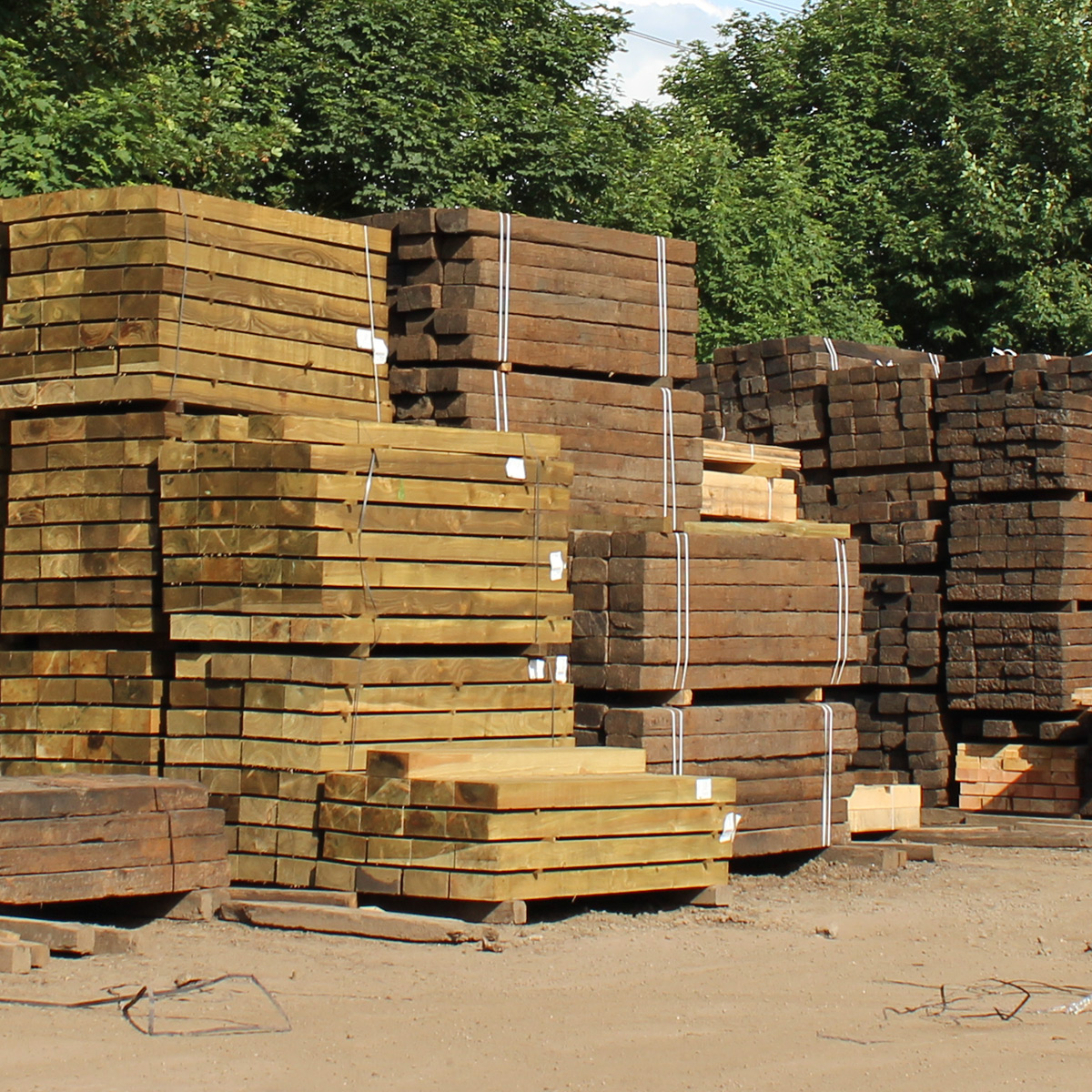
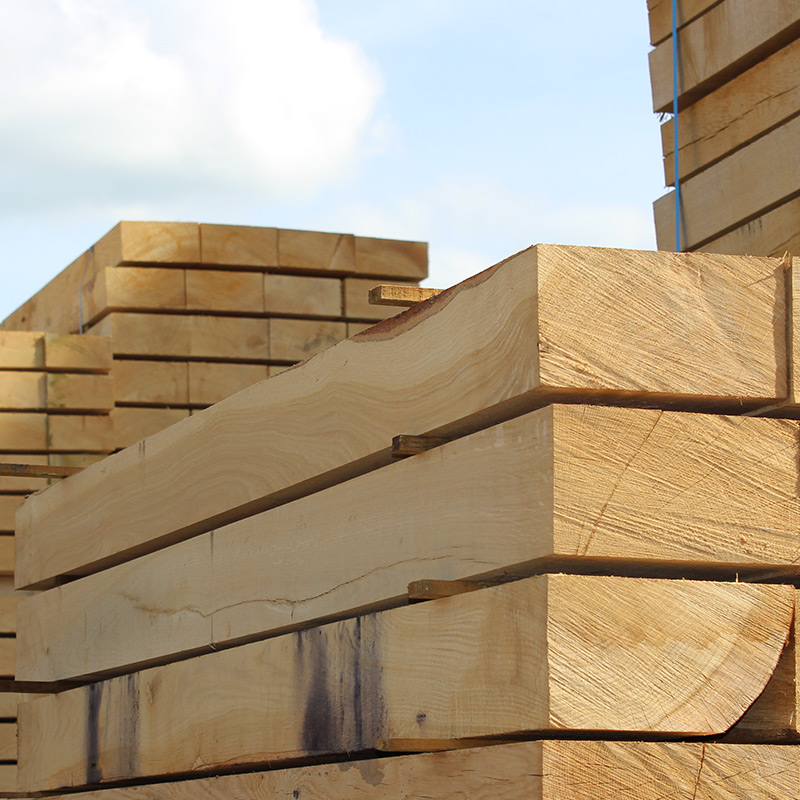
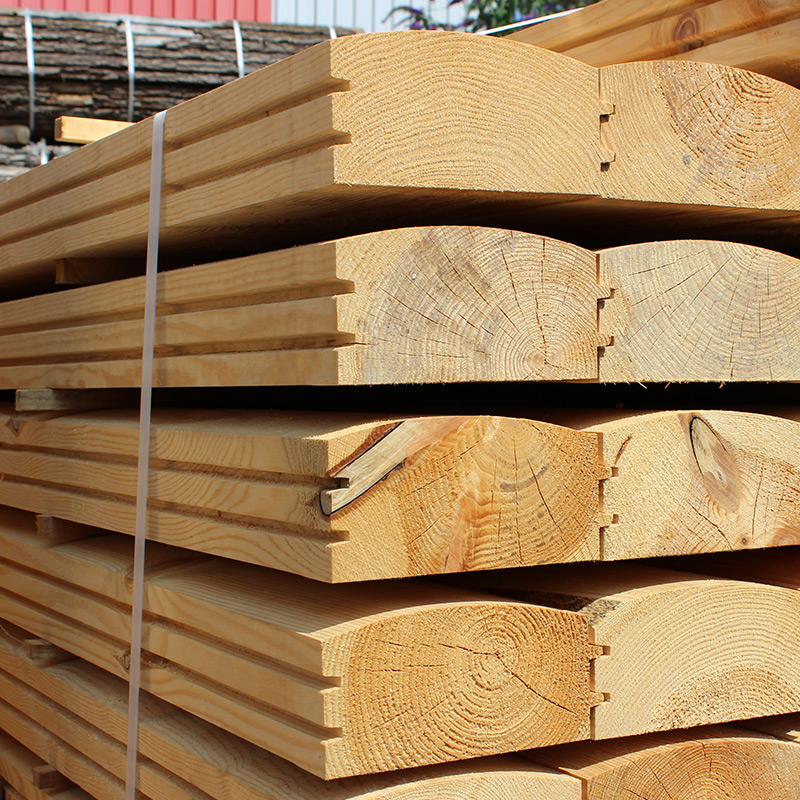
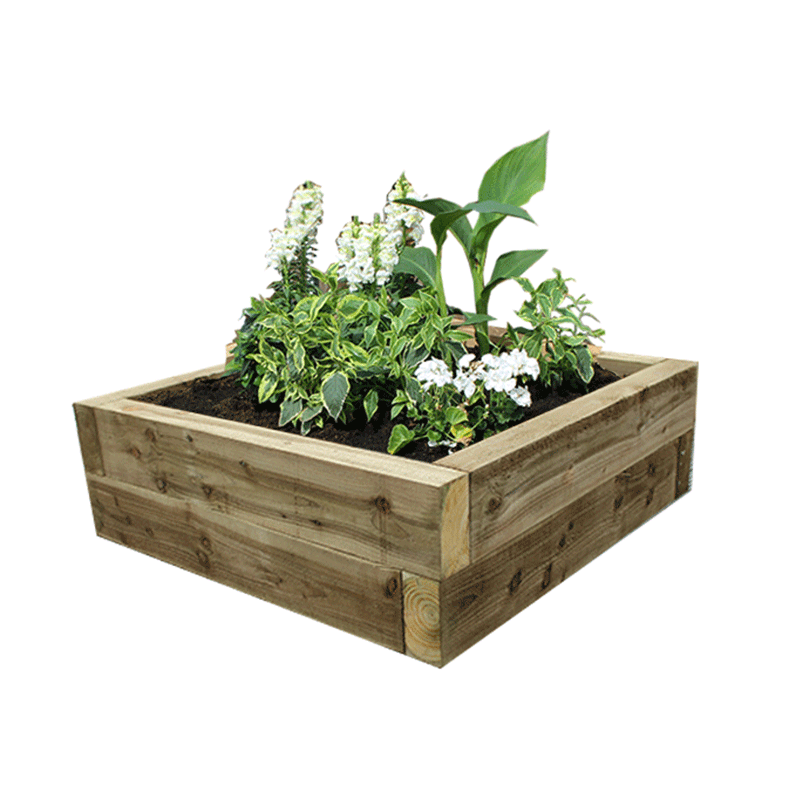
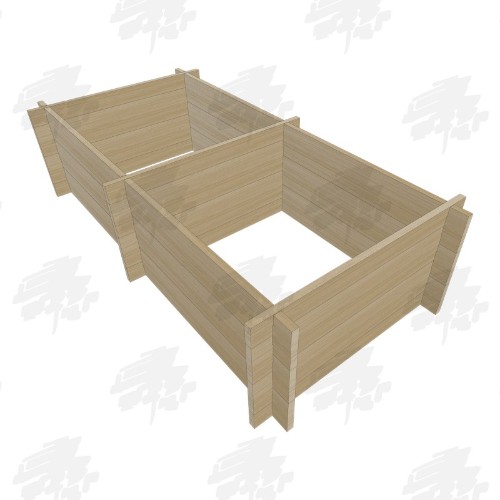
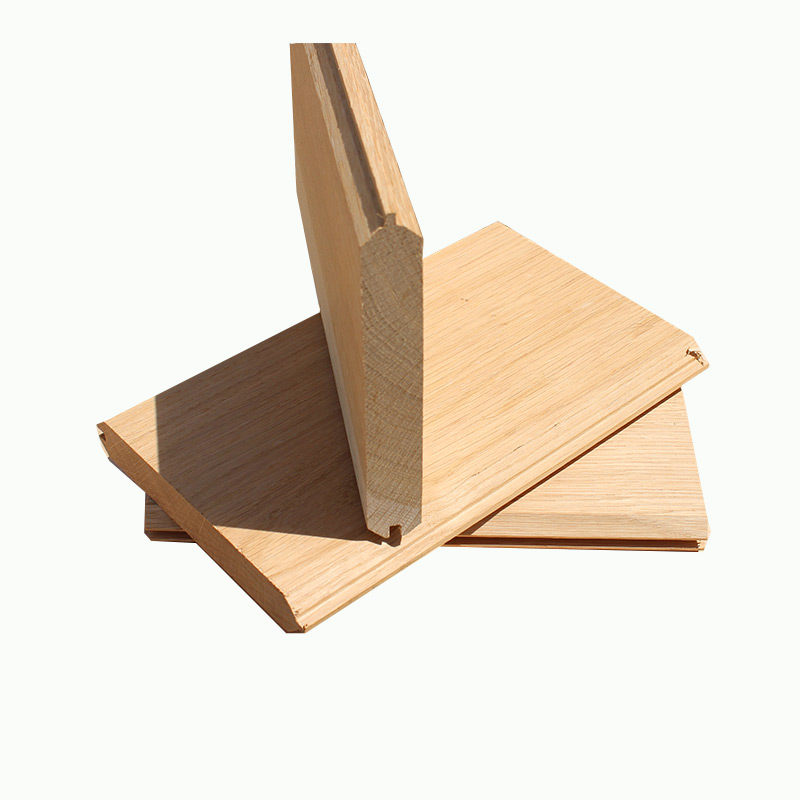

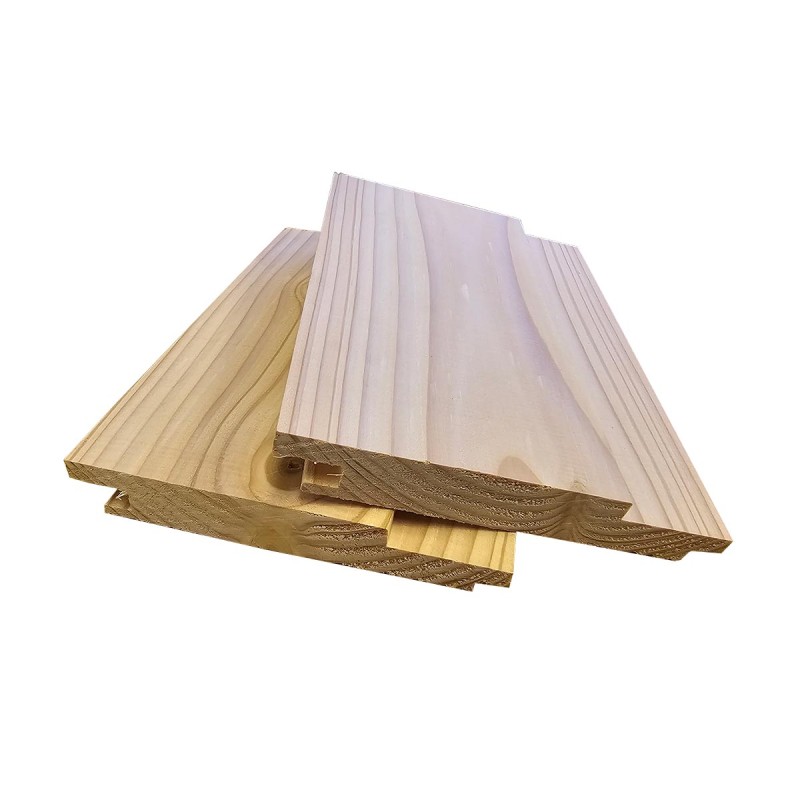
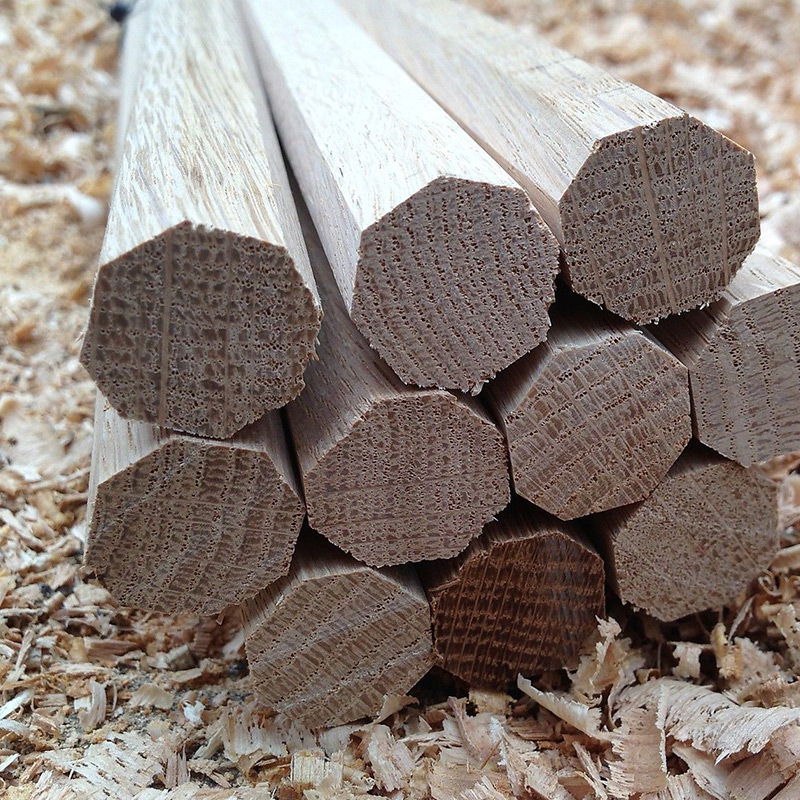

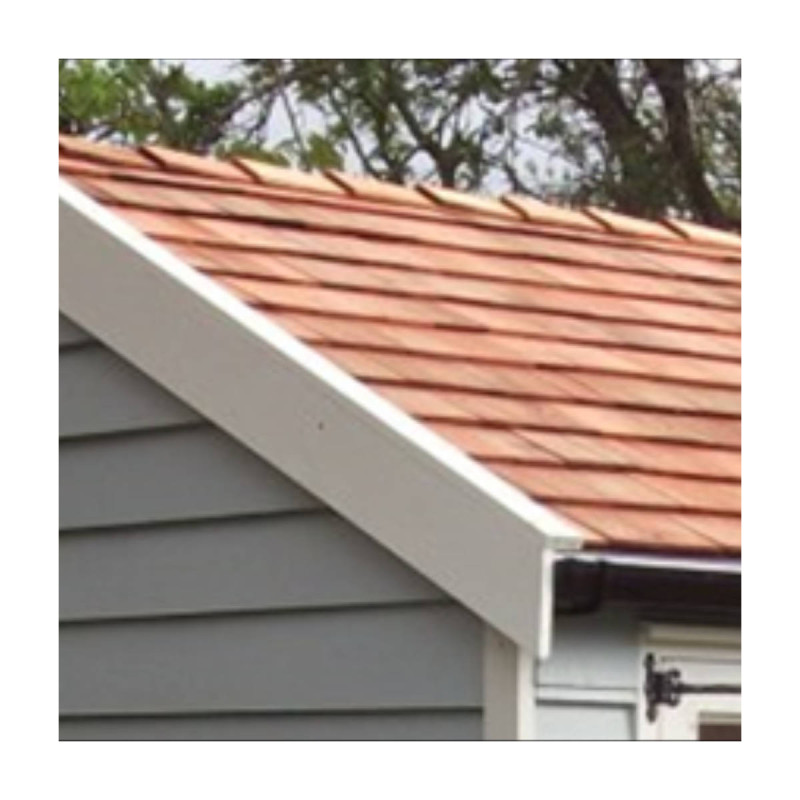
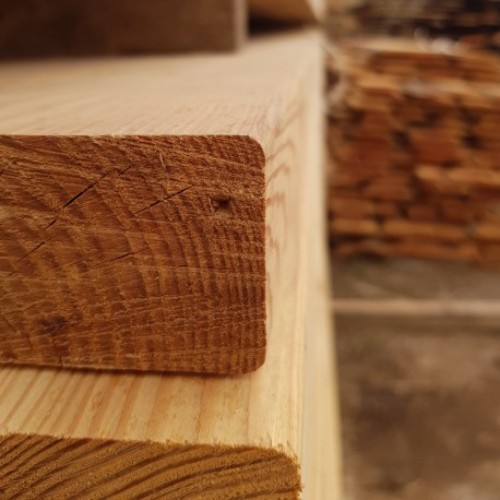
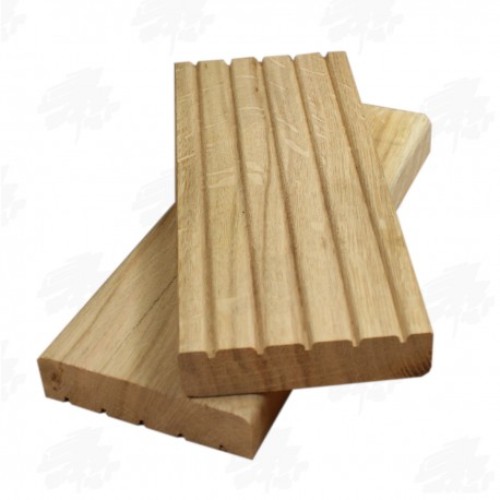
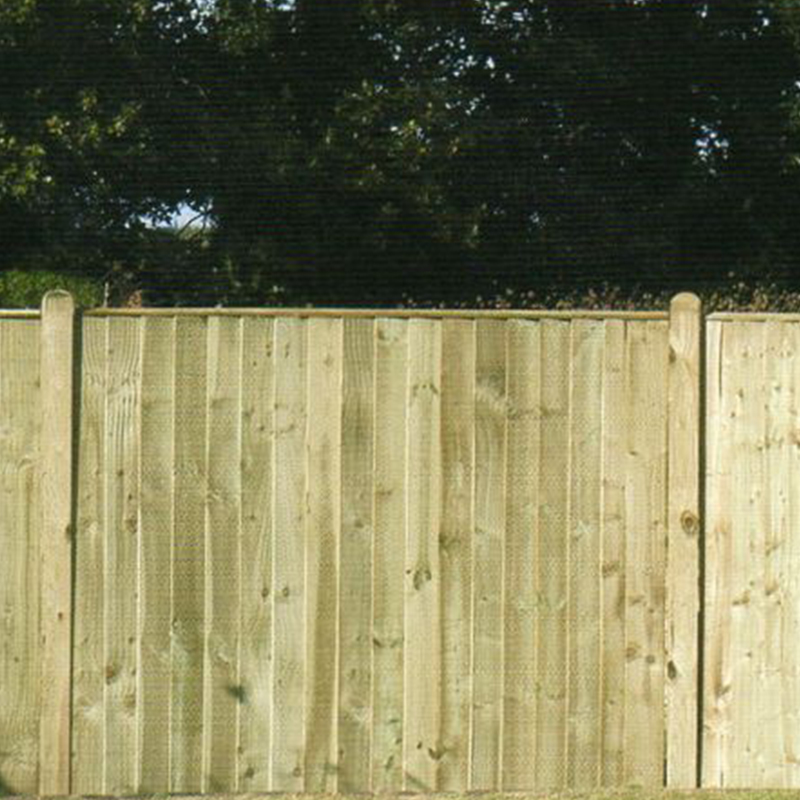
.jpg)
